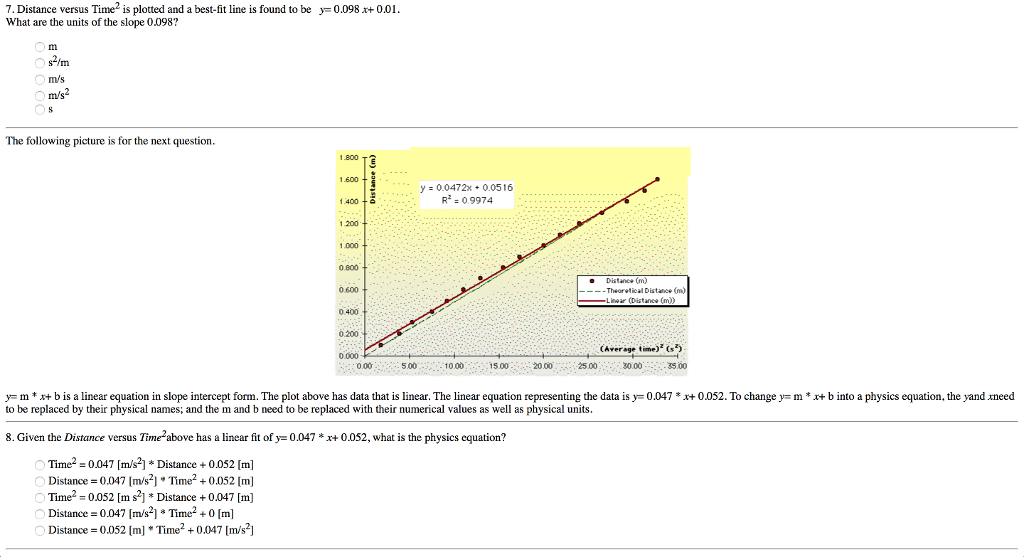
Weights to seamlessly amalgamate results of the optimized climatic zone Fuzzy membership fractions were thereafter used as the Predictive approach to each cluster domain, as indicated by root-mean-squared error (RMSE) and Unlike earlier globalĭomain and fixed regressor models, RCWIP predefined 36 climaticĬluster domains and tested all model combinations from anĪrray of climatic and spatial regressor variables to obtain the best

Patterns of the stable isotope composition (δ2H, The Global Network of Isotopes in Precipitation (GNIP), was demonstratedįor the purposes of predicting point- and large-scale spatio-temporal All rights reserved.Ī regionalized cluster-based water isotope prediction (RCWIP) approach, based on This evidence, obtained in mature beech trees under natural conditions, may improve the knowledge on Mediterranean forests functionality. Moreover, they highlighted a phenology-dependent ¹⁵N fractionation during N transfer from ECM to their hosts. Our results unravel a synchronous C allocation towards ERT and tree stem driven by the increasing NEE in spring-early summer. Concerning N, δ¹⁵N of leaves was negatively related to that of ERT and dependent on seasonal ¹⁵N differences between ERT and NCR. The analysis of δ¹☼ in ERT, leaves and NCR highlighted the impact of canopy photosynthesis on ERT development and an asynchronous seasonal C allocation strategy between ERT and NCR at the root tips level. Seasonal changes in ERT relative biomass were strictly related to NEE and mimicked those detected in the radial growth. From bud break to leaf shedding, we monitored: net ecosystem exchange (NEE, a measure of the net exchange of C between an ecosystem and the atmosphere), leaf area index, stem growth, N concentration, δ¹☼ and δ¹⁵N in rhizosphere soil, ectomycorrhizal fine root tips (ERT), ECM-free fine root portions (NCR) and leaves. We evaluated the interplay among ectomycorrhizas (ECM), ecosystem C fluxes, tree productivity, C and N exchange and isotopic fractionation along the soil-ECM-plant continuum in a Mediterranean beech forest. In forests, mycorrhizal fungi regulate carbon (C) and nitrogen (N) dynamics. The Timescape algorithm originates from the field of stable isotopes spatial modeling (isoscapes), but in principle it can be used to model any real scalar random field distribution. The notion of causality is expressed topologically and it has to be tuned for each particular case. The actual modeling is conducted exploiting any established spatial interpolation technique, substituting the ordinary spatial distance with our Timescape distance, thus sorting, from the same input set of observations, those causally related to each estimated value at a given site and time. The algorithm is based on the definition of a spatiotemporal distance that incorporates a causality constraint and that is capable of accommodating the seasonal behavior of the modeled variable as well. It is especially aimed at sparsely distributed datasets in ecological research, whose spatial and temporal variability is strongly entangled.

We developed a novel approach in the field of spatiotemporal modeling, based on the spatialisation of time, the Timescape algorithm.


 0 kommentar(er)
0 kommentar(er)
